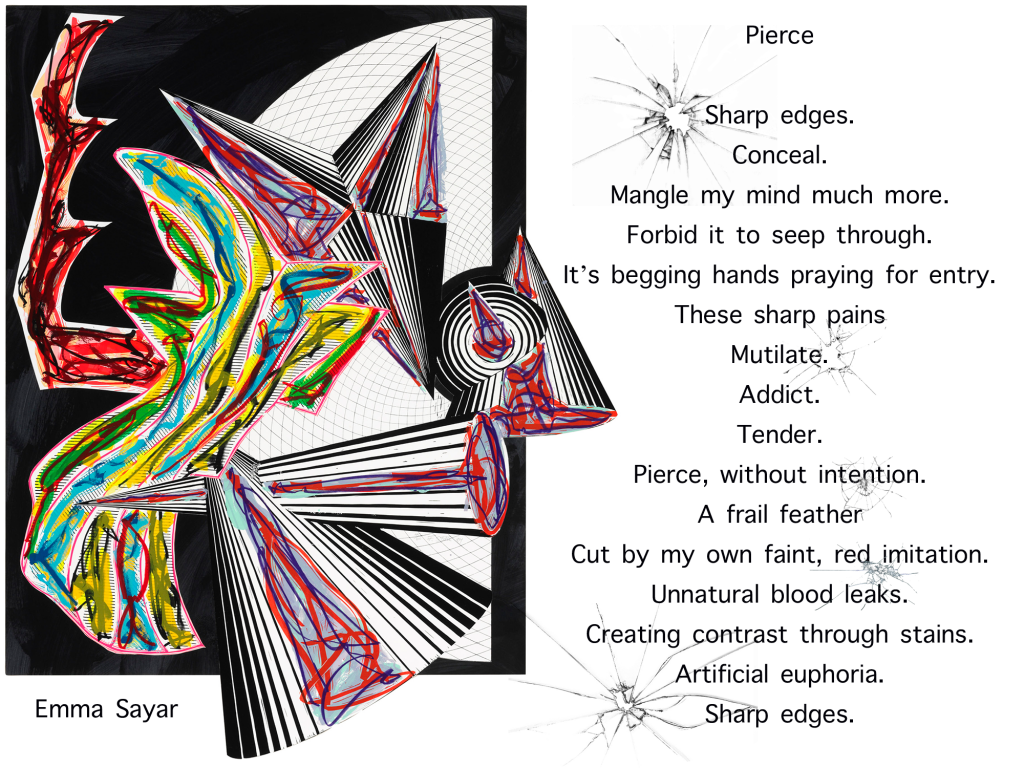Conceptual
For the Conceptual Project, as Juniors, we have to develop our abstract thinking and communication skills to answer the question, “How can I use unconventional forms to express myself?”
This project emphasizes creative risk-taking through poetry, music, art, animations, experimental film, and web production, challenging students to express their opinions through a distinct personal aesthetic. We begin developing our technical communication skills by learning a variety of modern professional equipment and applications such as DSLR Cameras, Tascam Audio Recorders, Adobe Photoshop, Adobe Animate, Adobe Premiere Pro, Adobe After Effects, Adobe Audition, Avid Pro Tools, WordPress, and Google Apps.
In this unit, I really valued learning about how to create experimental works of art, through Film, English, and Digital Media. In Film, we watched tons of examples of Experimental Films and how underlying meaning is critical for this form of art. In English and Digital Media, we used the art pieces we saw in SFMOMA to create poems and recordings for these poems.
Ekphrastic Poem
I valued a lot from this poetry unit. I typically am not a fan of writing poetry but I enjoy listening to a lot of it. This unit was a different experience for me than a typical poetry unit because my past teachers have had their students write about whatever they are feeling and not basing it off of an idea, unlike freestyle. For this poetry unit, we based our poems on a concept statement and/or one of the pieces of artwork at the SFMOMA.
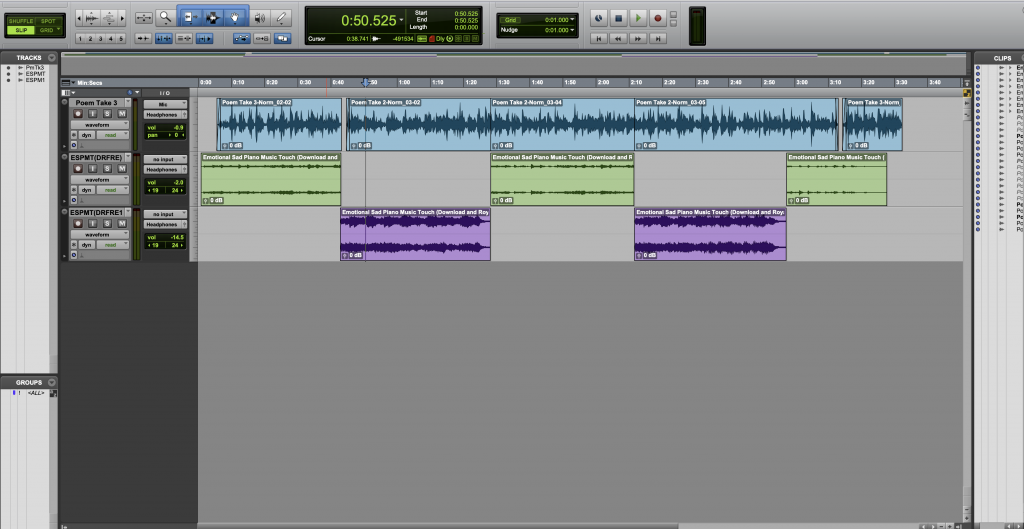
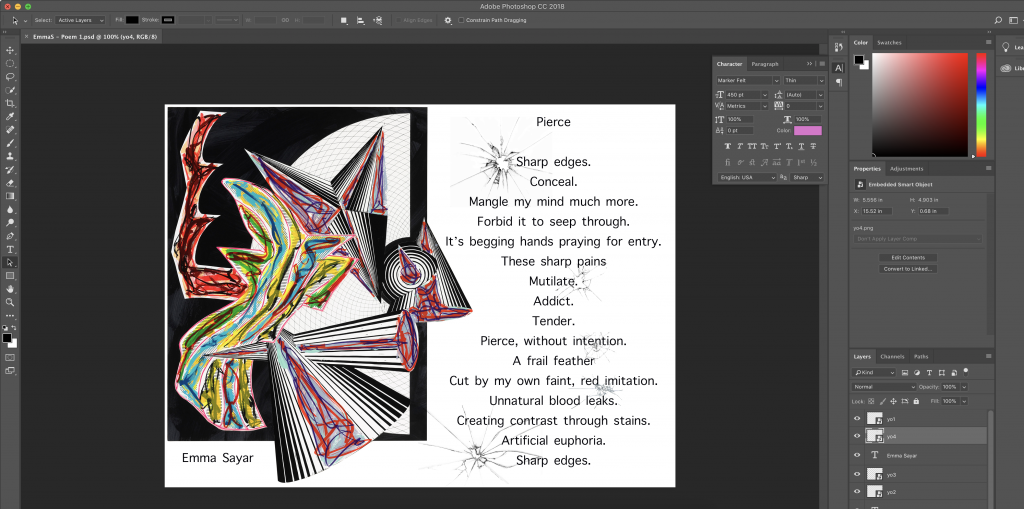
Photo Haiku
For the photo haiku photo and video assignment, we were assigned to create a photo haiku related to a random concept statement, then record our voices and link it to a related photo.
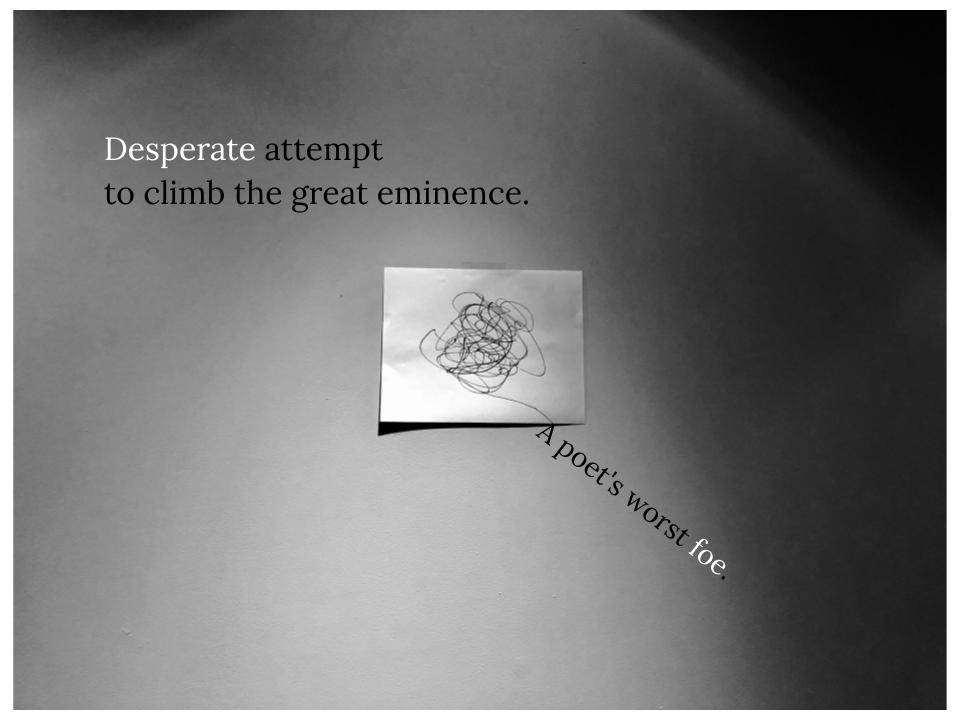
My concept statement for this haiku poem assignment was “I am experiencing the feeling of defeat through the experience of writing poetry.” From the font choice to the photo taken on my wall, every detail in each photo haiku needs to describe the deeper meaning.
Elements and Principles
The elements and principles of art are each a form of technical design to each piece of art. The elements are color, form, line, shape, space, texture, and value. The common principles of art are balance, emphasis, harmony, movement, pattern, proportion, repetition, rhythm, unity, and variety.

The elements and principles of art unit in digital media this year taught me the foundation of technicality in art. With these principles and elements in mind, I can improve my shots taken for my film class and for my daily life as a film student.
Film Work
My film teacher, Mr. Taylor, has taught us a lot about the basics of film so far, such as types of shots (two-shot, medium shot, etc.) chase scenes, experimental films and more.
Putting my films together takes a lot of time both filming and editing, but in the end, I always want to be proud of my work. Now, most of the time- actually all of the time, my work is never perfect, but I believe that the director should always be proud of some aspect of their work. One example of a short film that I am somewhat proud of is my experimental film, which is displayed below. I created by film by setting up my actors and telling them where to move and then I edited my films through the program, Premiere Pro.
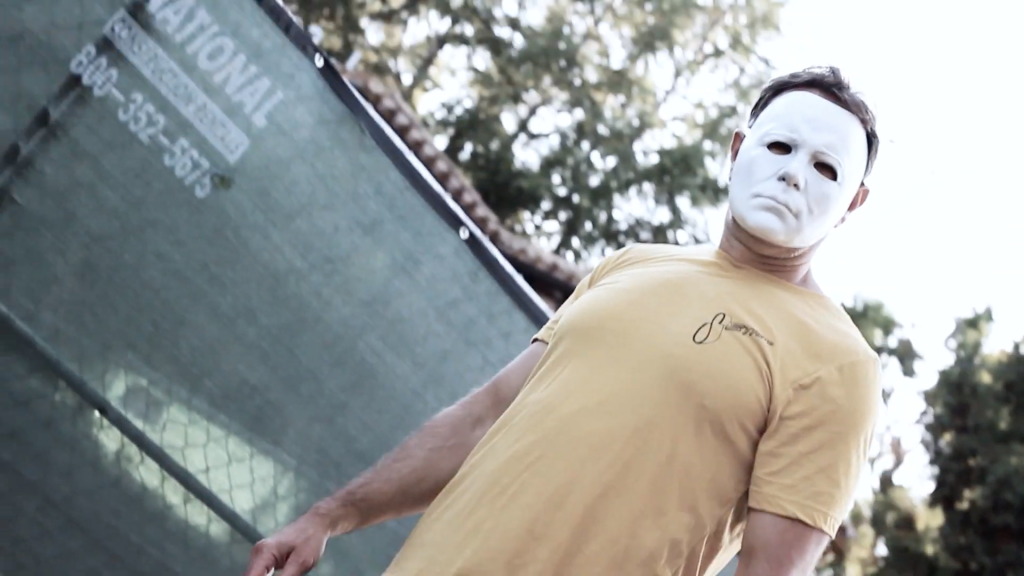
For this Experimental Film, I based my deeper meaning on a concept statement of my choosing. My concept statement was “I am experiencing the feeling of sadness through putting up a front.” Overall, I feel as if my film has gotten my deeper meaning across to my audience and some of the shots were visually pleasing.
